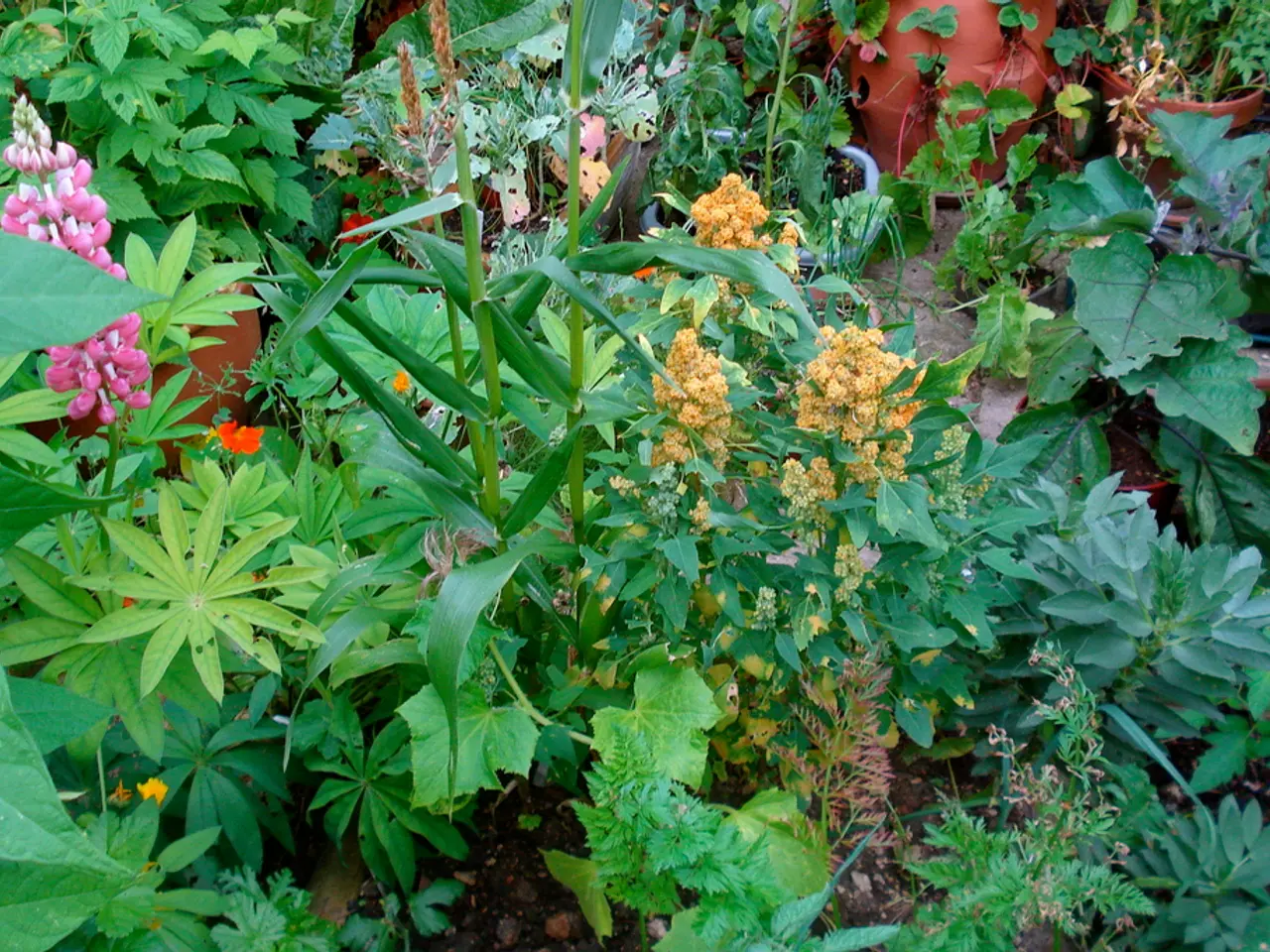Spring Garden Preparation is Ideal for February
### Preparing for a Thriving Spring Garden: A January Guide
As the winter chill sets in, it's the perfect time to plan for a thriving spring garden. By taking advantage of the quieter months, gardeners can ensure a smooth and successful growing season when the warmth of spring arrives.
#### Top Reasons for Planning a Spring Garden in January
Early preparation is key to a successful spring garden. Starting seeds indoors and planning companion plantings in January gives plants a head start before outdoor planting becomes possible, helping them establish stronger root systems by spring[1]. Additionally, January is an ideal time for garden and plant protection, as it allows gardeners to remove snow from shrubs and check for frost damage on delicate plants, ensuring they survive winter well and remain healthy for spring growth[2].
Strategic planning in January also allows gardeners to select and set up plant partnerships that will boost growth and help manage pests when spring arrives. For example, nitrogen-fixing plants can support adjacent crops early in the season[3]. Overall garden planning and soil preparation are also crucial tasks that can be accomplished during January's slower garden activity period, as it's the perfect time to prepare garden beds, clear weeds, and plan succession planting to optimize space and nutrient usage[1][3].
#### How to Effectively Prepare for a Thriving Spring Garden
1. **Start Seeds Indoors in January:** Begin sowing seeds indoors for early crops like peas, spinach, radishes, or tomatoes. This allows seedlings to get a strong start before transplanting outdoors after the last frost[3][5].
2. **Plan Companion Planting:** Design your garden layout with companion plants in mind to improve growth and pest resistance—plan early season cool-weather companions, mid-season transitions, and late season cover crops to enrich soil for next year[3].
3. **Protect Existing Plants:** Remove snow from shrubs to prevent damage, and inspect plants for any frost injury, applying necessary protective measures to ensure they survive winter and flourish in spring[2].
4. **Prepare Soil and Garden Beds:** Clear weeds while they are still dormant to reduce competition during the growing season. Amend soil by removing old compost from containers and adding fresh compost with controlled-release fertilizer to nourish plants through spring[1][4].
5. **Select Plants for Winter Color and Interest:** Add early color to your garden with cold-hardy trees and shrubs that bloom or have attractive bark/foliage in winter, enhancing the garden’s look even before spring fully arrives[4].
By focusing on these activities in January, gardeners set themselves up for a more productive, healthy, and beautiful spring garden. Early actions reduce the spring rush and help plants establish roots and growth momentum, leading to higher yields and more vibrant landscapes.
#### Reflecting on Last Year's Garden Successes and Challenges
Reflecting on last year's garden successes and challenges is an essential step in preparing for the upcoming season. By setting goals based on past experiences, gardeners can create a more tailored and effective plan for their spring garden.
#### Preparing Tools and Supplies
Preparing tools and supplies during winter is also crucial for a smooth gardening process. This includes cleaning, sharpening tools, checking pots and seed trays, and stocking up on soil amendments, compost, and fertilizers.
#### Learning and Getting Inspired
Taking advantage of quiet winter evenings, gardeners can learn and get inspired by reading gardening books, attending virtual workshops, or joining local gardening groups. This can help gardeners discover new techniques, plants, and ideas to implement in their spring garden.
#### Acquiring Materials
Planning your spring garden in January allows for the acquisition of materials. By selecting seeds early, gardeners can ensure getting top choices and exploring heirloom options, new hybrids, or seed-saving techniques.
In conclusion, planning your spring garden in January is a proactive and rewarding step towards a thriving garden. By focusing on early preparation, strategic planning, and reflection, gardeners can create a beautiful, productive, and successful spring garden.
A home-and-garden enthusiast may choose to plan companion plantings and start seeds indoors in January to give plants a head start before spring. Strategic planning in January also provides an opportunity to select and set up plant partnerships that will boost growth and help manage pests when spring arrives.




